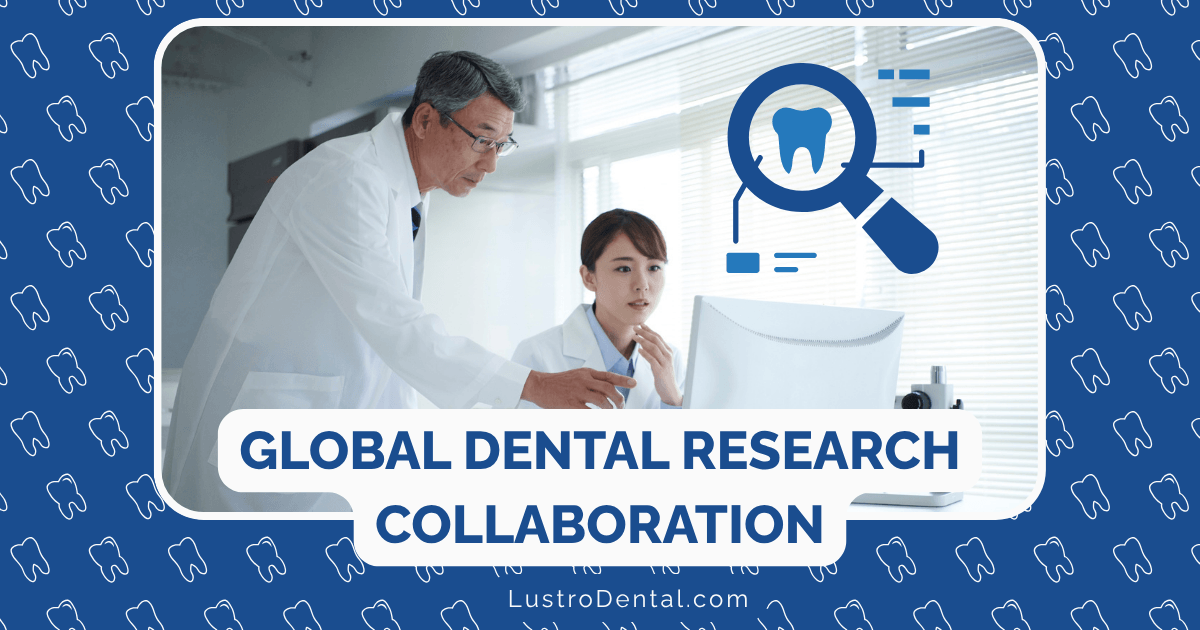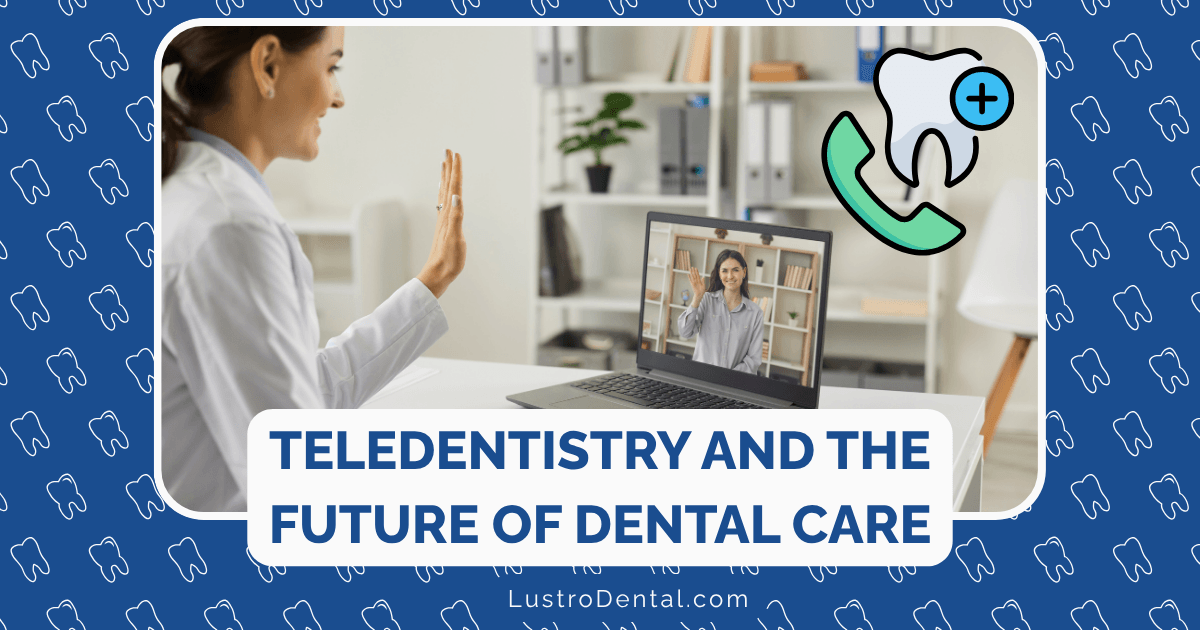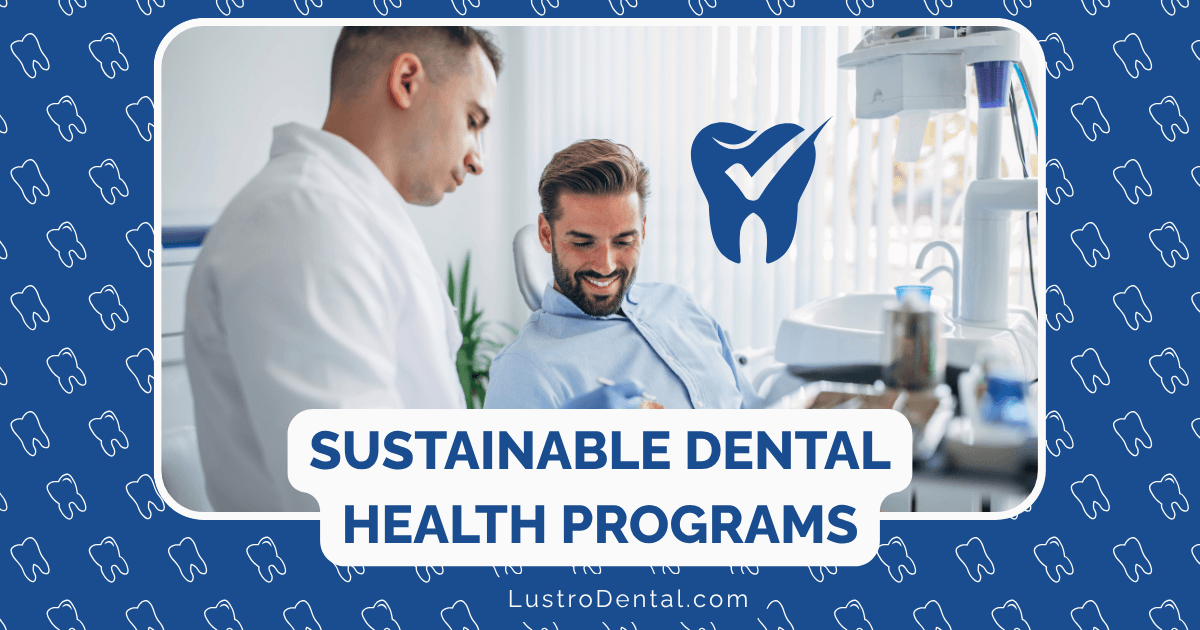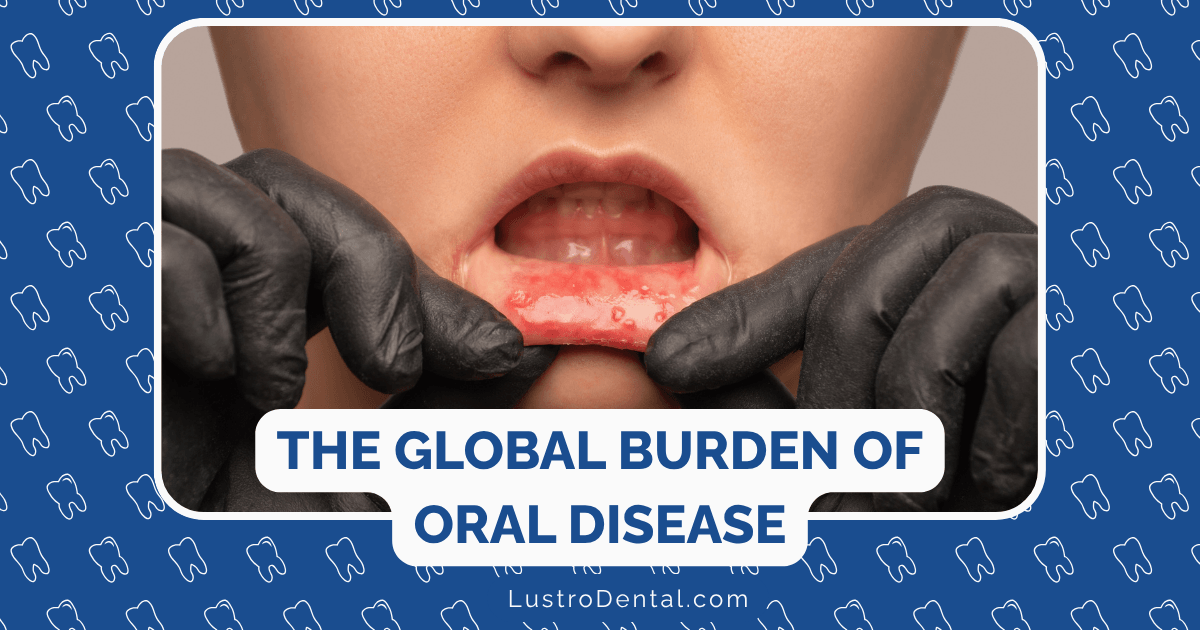Future Directions: Where Dental Science Is Headed in the Next Decade
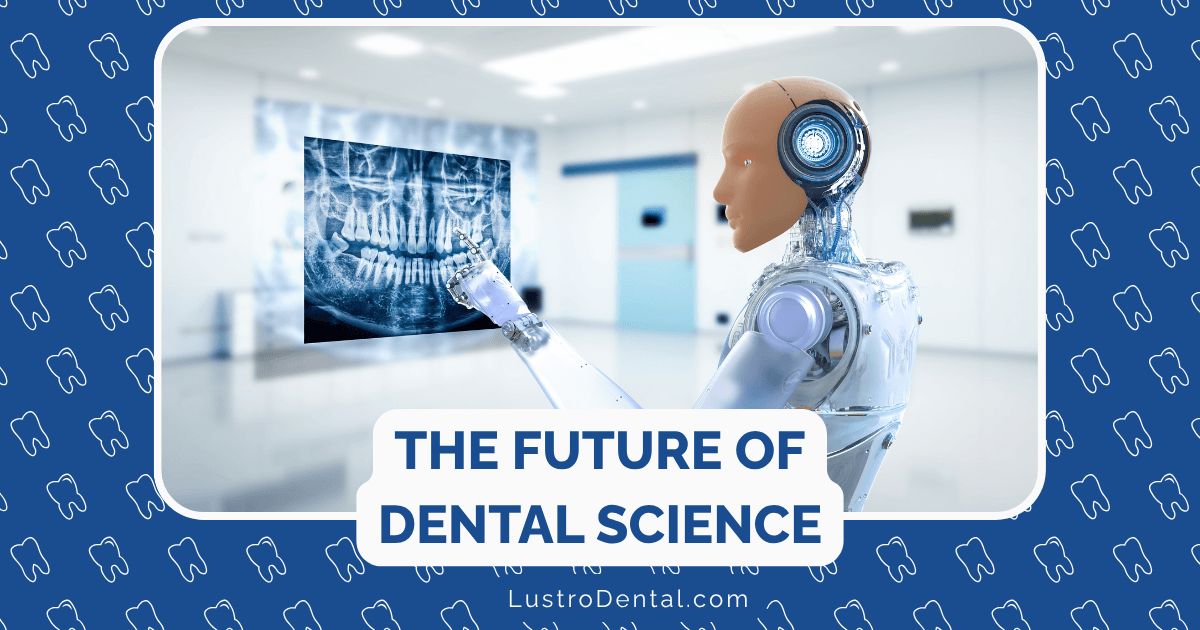
The world of dentistry is on the cusp of a technological and scientific revolution that promises to fundamentally transform how we approach oral health. From regenerative techniques that could regrow damaged teeth to artificial intelligence that detects problems before they’re visible to the human eye, the next decade will bring innovations that once seemed like science fiction. Let’s explore the cutting-edge developments that will shape the future of dental science from 2025 to 2035.
Regenerative Dentistry: Growing New Teeth and Tissues
Perhaps the most exciting frontier in dental science is regenerative dentistry—the ability to regrow damaged or lost dental tissues rather than simply replacing them with artificial materials.
Stem Cell Therapies
Dental pulp stem cells (DPSCs) and other dental-derived stem cells are showing remarkable potential for regenerating various oral tissues:
- Pulp Regeneration: Clinical trials using autologous dental pulp stem cells have already shown promising results in regenerating the pulp-dentin complex, potentially eliminating the need for traditional root canal treatments.
- Periodontal Regeneration: Mesenchymal stem cells are being used to regenerate periodontal ligaments, cementum, and alveolar bone in patients with severe periodontal disease.
- Whole Tooth Regeneration: While still in early experimental stages, researchers are making progress toward the ultimate goal—regrowing entire teeth from stem cells.
According to research published in the Journal of Dental Research, stem cell-based approaches could revolutionize treatment for conditions like pulp necrosis and periodontitis within the next decade, moving from experimental to mainstream therapies.
Bioactive Materials
The next generation of dental materials will do more than just fill spaces—they’ll actively promote healing:
- Smart Composites: Restorative materials that release calcium and phosphate ions to remineralize surrounding tooth structure
- Bioactive Cements: Materials that stimulate the formation of new dentin and bone
- Growth Factor-Releasing Scaffolds: Structures that guide tissue regeneration while delivering bioactive molecules
These materials represent a paradigm shift from the traditional “drill and fill” approach to one that harnesses the body’s natural healing abilities.
3D Bioprinting: Custom-Made Living Tissues
3D printing has already made inroads in dentistry for producing crowns, bridges, and surgical guides. The next frontier—bioprinting—will take this technology to an entirely new level.
Current Applications Evolving by 2025
- Same-Day Restorations: High-speed 3D printing technologies are already enabling the production of crowns, bridges, and other restorations in a single appointment.
- Custom Surgical Guides: 3D-printed guides for implant placement are improving precision and reducing surgical time.
- Orthodontic Appliances: Custom aligners and retainers produced with digital precision.
Emerging Applications (2025-2030)
- Tissue-Engineered Constructs: 3D-printed scaffolds seeded with a patient’s own cells to regenerate periodontal tissues
- Vascularized Tissue Models: Printed structures that include blood vessel networks to support larger tissue regeneration
- Bioprinted Bone Grafts: Custom-designed grafts that perfectly match a patient’s anatomy
Future Directions (2030-2035)
- Fully Functional Dental Tissues: Complete tooth structures with integrated pulp, dentin, and enamel
- Multi-Tissue Printing: Simultaneous printing of different tissue types for complex oral reconstructions
- In-Situ Bioprinting: Direct printing of tissues into surgical sites
According to market projections, the dental 3D printing market is expected to grow from approximately $3.2 billion in 2024 to between $8.2 billion and $15.8 billion by 2035, reflecting the transformative potential of this technology.
Artificial Intelligence: The Cognitive Revolution in Dentistry
AI is poised to revolutionize every aspect of dental care, from diagnosis to treatment planning to patient management.
Enhanced Diagnostics
- Automated Image Analysis: AI systems can already detect caries, periapical lesions, and other conditions with accuracy rates exceeding 90%.
- Predictive Analytics: By 2025, AI will be able to predict the progression of dental diseases based on current conditions and patient history.
- Early Detection: Subtle changes invisible to the human eye will be identified by AI, enabling intervention before problems become severe.
Research published in the Journal of Dental Research indicates that AI diagnostic systems are achieving sensitivity rates of 81.31% and specificity rates of 95.65%, with the highest detection rates (96.04%) occurring in anterior teeth.
Treatment Planning and Simulation
- Optimized Treatment Protocols: AI will analyze thousands of similar cases to recommend the most effective treatment approach for each patient.
- Virtual Treatment Simulation: Patients will be able to see accurate predictions of treatment outcomes before procedures begin.
- Real-Time Guidance: During procedures, AI will provide feedback to ensure optimal results.
Practice Management
- Predictive Scheduling: AI will optimize appointment scheduling based on procedure types, patient history, and even traffic patterns.
- Automated Documentation: Clinical notes, insurance forms, and other documentation will be generated automatically from procedure recordings.
- Patient Engagement: AI-powered virtual assistants will provide personalized education and follow-up care.
Nanodentistry: Manipulating Matter at the Molecular Level
Nanotechnology—working at scales of 1 to 100 nanometers—will bring unprecedented precision to dental treatments.
Nano-Enhanced Materials
- Stronger Composites: Nanoparticle-reinforced materials with improved strength and wear resistance
- Self-Healing Materials: Restorations that can repair minor damage through embedded nanocapsules
- Antimicrobial Surfaces: Implants and restorations with nanostructured surfaces that prevent bacterial adhesion
Targeted Drug Delivery
- Localized Anesthesia: Nanoparticles that deliver anesthetic precisely where needed, eliminating numbness in surrounding tissues
- Controlled-Release Therapeutics: Nanoscale delivery systems for antibiotics, anti-inflammatories, and growth factors
Molecular Diagnostics
- Nano-Sensors: Devices that can detect molecular markers of disease in saliva or gingival fluid
- Real-Time Monitoring: Implantable sensors that track the health of tissues surrounding restorations or implants
Precision Dentistry: Tailored to Your Genes
The one-size-fits-all approach to dental care will give way to highly personalized treatment based on an individual’s genetic makeup and oral microbiome.
Genetic Risk Assessment
- Caries Susceptibility Testing: Genetic tests will identify patients at high risk for tooth decay, enabling targeted preventive measures.
- Periodontal Disease Profiling: Genetic markers will predict response to different periodontal treatments.
- Medication Response Prediction: Pharmacogenomic testing will determine which anesthetics and antibiotics will be most effective for each patient.
Microbiome Analysis
- Personalized Probiotics: Custom-formulated probiotics designed to restore a healthy balance of oral bacteria
- Targeted Antimicrobials: Treatments that eliminate harmful bacteria while preserving beneficial species
- Biofilm Disruptors: Agents that prevent the formation of dental plaque by interfering with bacterial communication
According to research from the National Institute of Dental and Craniofacial Research, understanding the oral microbiome will be crucial for developing the next generation of preventive and therapeutic approaches.
Robotics: Precision Beyond Human Capability
Robotic systems will enhance the precision and consistency of dental procedures, particularly in complex cases.
Surgical Assistance
- Implant Placement: Robotic systems that can place implants with sub-millimeter accuracy
- Endodontic Procedures: Robots capable of navigating complex root canal systems
- Microsurgery: Robotic assistance for procedures requiring extreme precision
Automated Procedures
- Cavity Preparation: Robotic systems that can remove decay while preserving maximum healthy tooth structure
- Crown and Veneer Preparation: Standardized preparation techniques for optimal restoration fit
- Orthodontic Appliance Placement: Precise positioning of brackets and attachments
Teledentistry: Care Without Boundaries
The COVID-19 pandemic accelerated the adoption of teledentistry, but this is just the beginning of how remote care will transform the dental landscape.
Beyond Virtual Consultations
- Remote Monitoring: Smartphone-based tools that allow dentists to track healing and treatment progress
- AI-Powered Triage: Systems that can assess the urgency of dental issues based on photos and symptoms
- Home Diagnostic Kits: Devices that collect data for professional analysis without an office visit
Expanding Access to Care
- Rural and Underserved Areas: Bringing specialist consultations to regions with limited access to dental professionals
- Mobility-Challenged Patients: Enabling care for those who have difficulty traveling to dental offices
- Global Reach: Connecting patients with specialists worldwide for complex cases
According to the American Dental Association, teledentistry will play a crucial role in addressing disparities in access to dental care, particularly in rural and underserved communities.
Environmental Sustainability: Greener Dentistry
The next decade will see a significant shift toward environmentally sustainable dental practices.
Eco-Friendly Materials and Processes
- Biodegradable Products: Disposable items that break down naturally after use
- Reduced Waste: Digital workflows that minimize material waste and eliminate the need for physical impressions
- Energy-Efficient Equipment: Dental equipment designed to minimize power consumption
Water Conservation
- Closed-Loop Systems: Equipment that recycles water used in procedures
- Waterless Technologies: Alternatives to water-intensive cooling and rinsing systems
Chemical Reduction
- Non-Toxic Alternatives: Replacing harmful chemicals with safer alternatives in sterilization and disinfection
- Digital Imaging: Further reducing the need for chemical processing of radiographs
Challenges and Ethical Considerations
As with any rapid technological advancement, the future of dental science brings important challenges and ethical questions:
Regulatory Hurdles
New technologies, particularly those involving stem cells and bioprinting, will require careful regulatory oversight to ensure safety and efficacy. Regulatory bodies like the FDA are currently working to develop frameworks for these emerging technologies.
Cost and Access
Many cutting-edge technologies will initially be expensive, raising concerns about equitable access. The dental profession will need to work with insurers, policymakers, and technology developers to ensure these innovations don’t widen existing disparities in care.
Data Privacy and Security
AI-driven dentistry relies on vast amounts of patient data, raising important questions about privacy, security, and ownership of this information.
Professional Education
Dental education will need to evolve rapidly to prepare practitioners for these new technologies and approaches. Continuing education will become even more critical as the pace of innovation accelerates.
Conclusion: A Transformative Decade Ahead
The next decade promises to be one of the most transformative periods in the history of dental science. The convergence of regenerative biology, digital technology, AI, and personalized medicine will fundamentally change how we prevent, diagnose, and treat oral health conditions.
For patients, these advances will mean:
- Less invasive procedures
- More durable and biocompatible restorations
- Treatments tailored to individual needs
- Better integration of oral health with overall healthcare
- Expanded access to care through digital platforms
For dental professionals, this new era will bring:
- Powerful new tools for diagnosis and treatment
- Opportunities to offer services not previously possible
- Challenges in keeping pace with rapid technological change
- The need for continuous learning and adaptation
As we look toward this exciting future, one thing remains constant: the fundamental goal of dental science to improve oral health and, by extension, overall health and quality of life. The technologies may change dramatically, but this core mission will continue to guide the profession through its next evolution.
What aspect of future dental science are you most excited about? Share your thoughts in the comments below!


